Ink, the ancestral substance which has become indispensable
Ink is a substance with different consistencies and colors, used for writing, drawing, or printing. Today, there are a lot of various inks on the market, but where does this revolutionary preparation come from?
According to the researchers, the first known objects containing ink were made in India and would date from 4 000 to 5 000 years BC. This explains the origin of the famous “India ink” which is black and widely used in comics, pencil drawings or technical illustrations.

Use of Indian Ink
Little by little, we have found uses of inks coming from different eras and from all over the world. Many of our ancestors were creating mixtures with vegetable, mineral or organic ingredients, proof that creativity has always been a part of human life. The Egyptians used it on their papyrus and the Mayans on their religious codex for example.
Now, let's talk about the transition to printing! This process was born a little later in China. It was especially used to spread Buddhism in Japan and Korea. Later, it arrived in Europe thanks to Johannes Gutenberg. He took over the Chinese system and improved it to print in better quality and faster. He democratized the use of oil-based ink which was much more effective than water-based one. Printing had arrived and was giving birth to other fascinating techniques.

Representation of Johannes Gutenberg
By “fascinating technique”, of course, I think about screen printing, the method PLAKAT uses to make its beautiful posters. A printing process that allows to reproduce by hand a pattern on a large quantity of supports (metal, wood, fabric, cardboard...). The rendering gives very vivid colors and a precision appreciable to the naked eye. There are many other processes such as letterpress (for relief printing), flexography (often used for packaging) or rotogravure (for very large quantities). Numerous methods that are used every day all over the world.
As you can see, ink has evolved over the centuries. It is both an artistic and an industrial tool, the possibilities are endless in terms of creativity. If you don't believe me, take a look at the work of Andy Warhol, Michel Caza or Tomer Hanuka for example.
The Bureau, Tomer Hanuka
A Quiet Place, Tomer Hanuka


